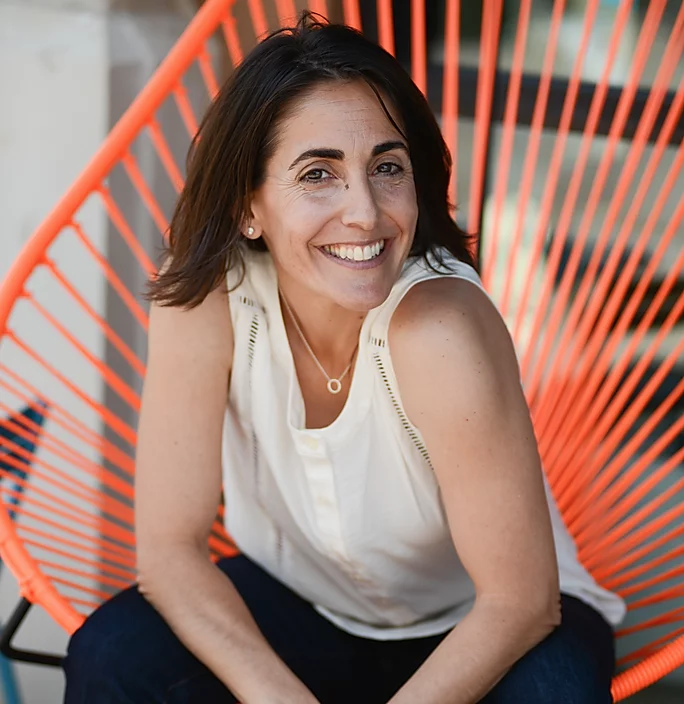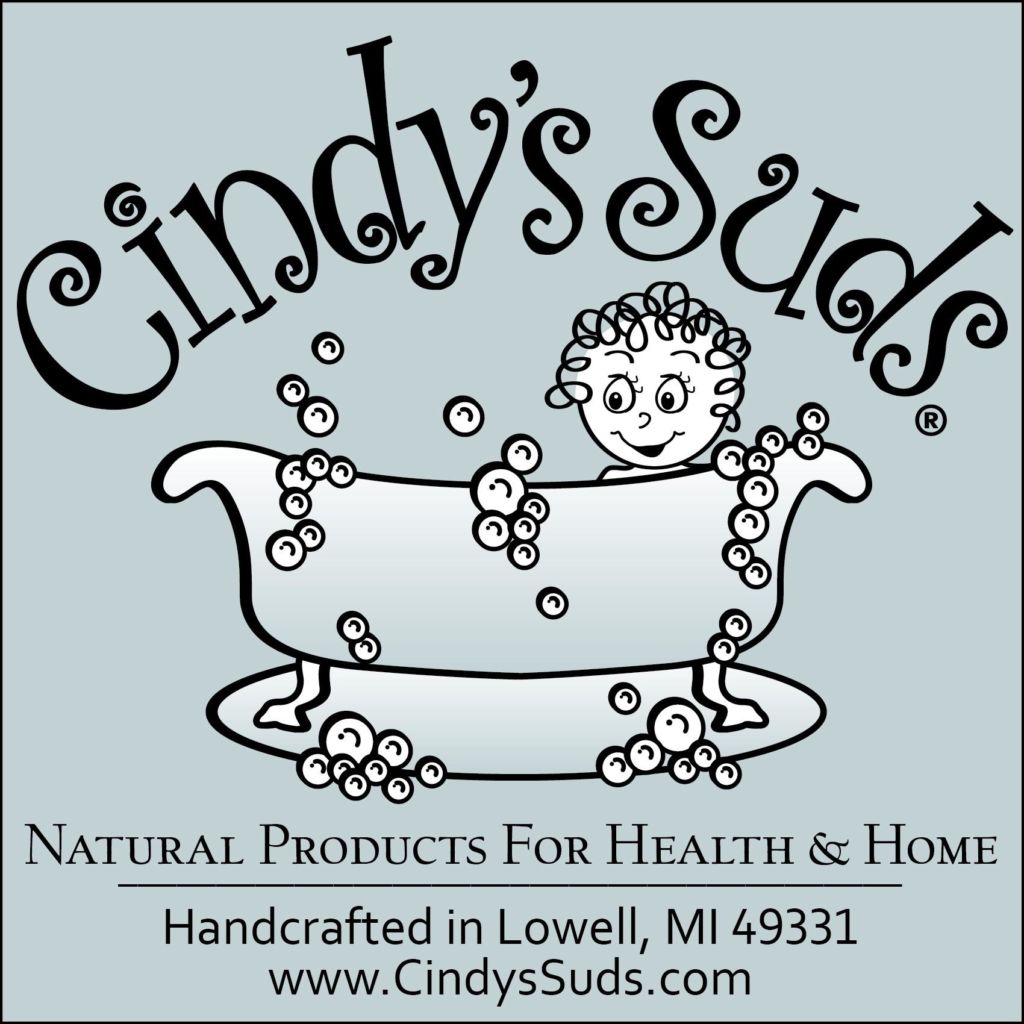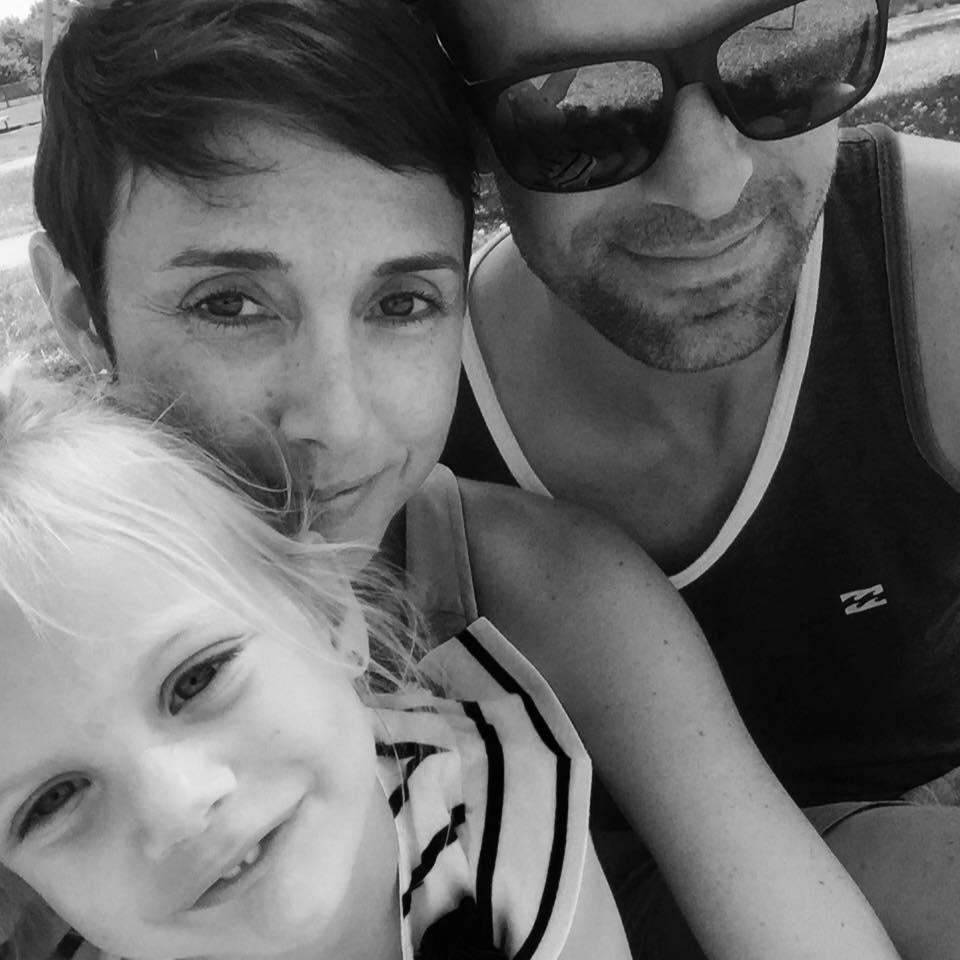Parenting During Covid-19: Podcast Episode #96

Today we talk with Laine Lipsky, parenting coach, about some best practices for parenting during the COVID-19 pandemic. She gives us all some great tips on how to manage stress and deal with out children no matter what age! You can listen to this complete podcast episode on iTunes or SoundCloud. Alyssa: Hello and welcome […]
Podcast Episode #28: Plagiocephaly and Torticollis

What is Plagiocephaly? Torticollis what? Jessica Buikema of Hulst Jepsen Physical Therapy talks about both and what parents can do to prevent them and how physical therapy can help their baby. Listen to the podcast on iTunes or SoundCloud. Alyssa: Hello. Welcome to another episode of Ask the Doulas. I am Alyssa Veneklase, co-owner […]
Podcast Episode #10: Dealing with Modern Medicine and Your Mother-in-Law

On this episode of Ask the Doulas, Alyssa and Cindy talk about dealing with input from family members, including your mother-in-law, about parenting and about the role modern medicine plays in being a parent. You can also listen to the podcast on iTunes. Alyssa: Hi, welcome to Ask the Doulas with Gold Coast Doulas! This […]
Podcast Episode #5: Why Choose Natural Products for Your Baby’s Body?

In this episode of Ask the Doulas, Cindy and Alyssa talk about the benefits of choosing natural care products for your baby and your household. You can listen to the complete podcast on iTunes. Alyssa: Hi, welcome to Ask the Doulas with Gold Coast Doulas. Today we are talking to Cindy, creator and owner of […]
Meet Your Gold Coast Doula – Alyssa

We love asking our Gold Coast Doulas questions so you get to know them a bit more. Meet our co-owner, Alyssa Veneklase and learn about her inspirations and her travel adventures. 1) What did you do before you became a doula? For the past 15 years I was in the construction/real estate business doing everything […]


